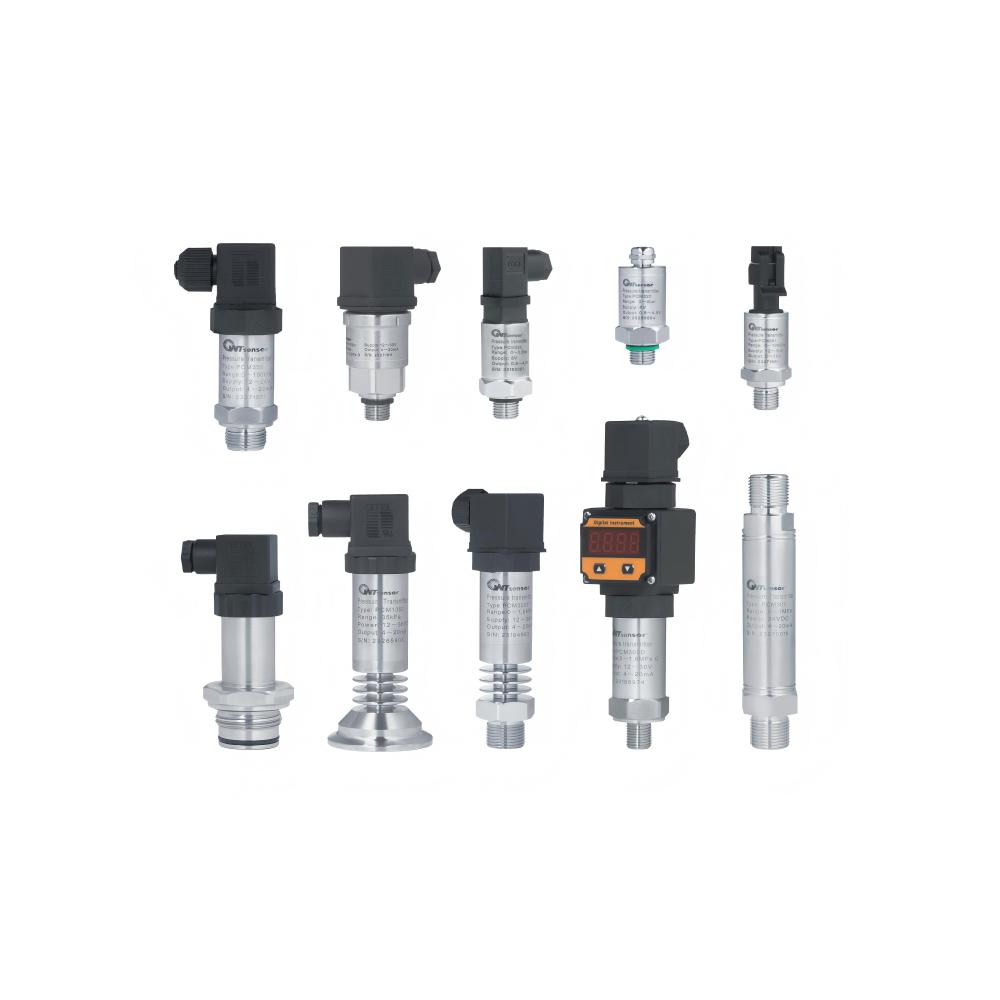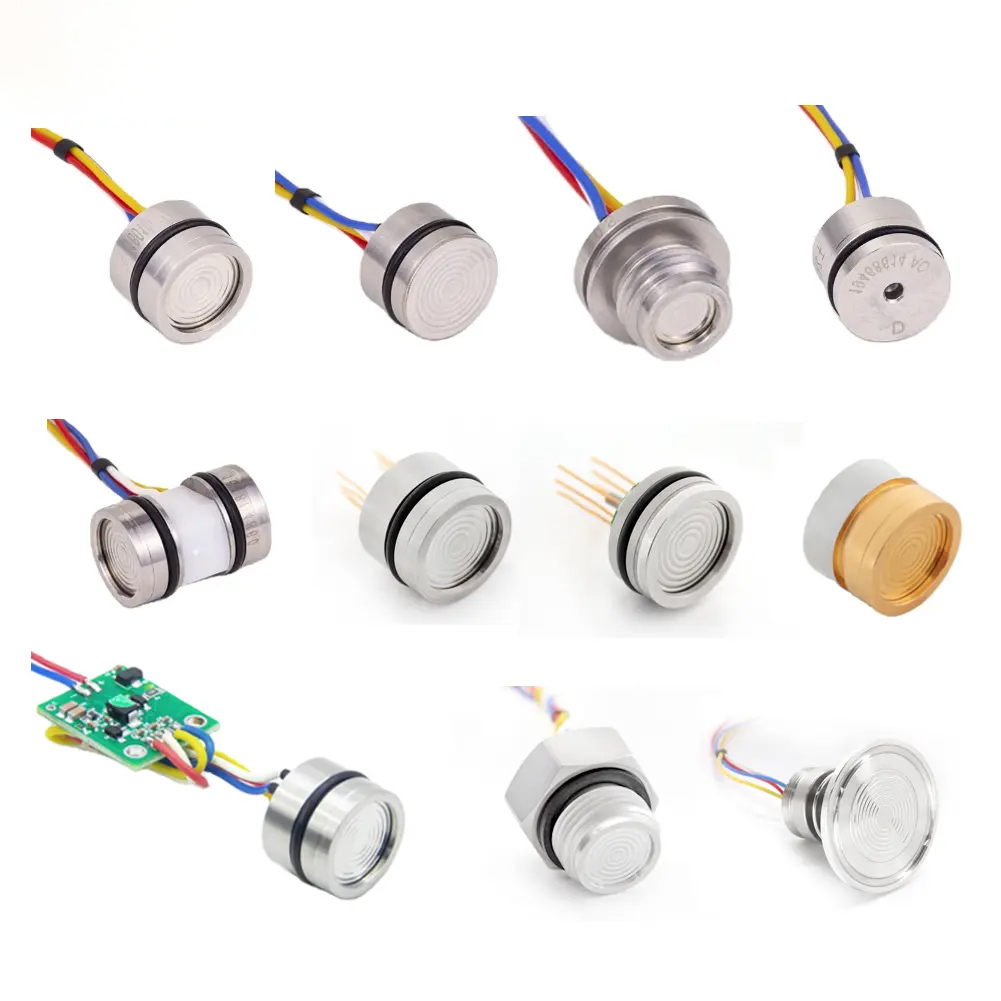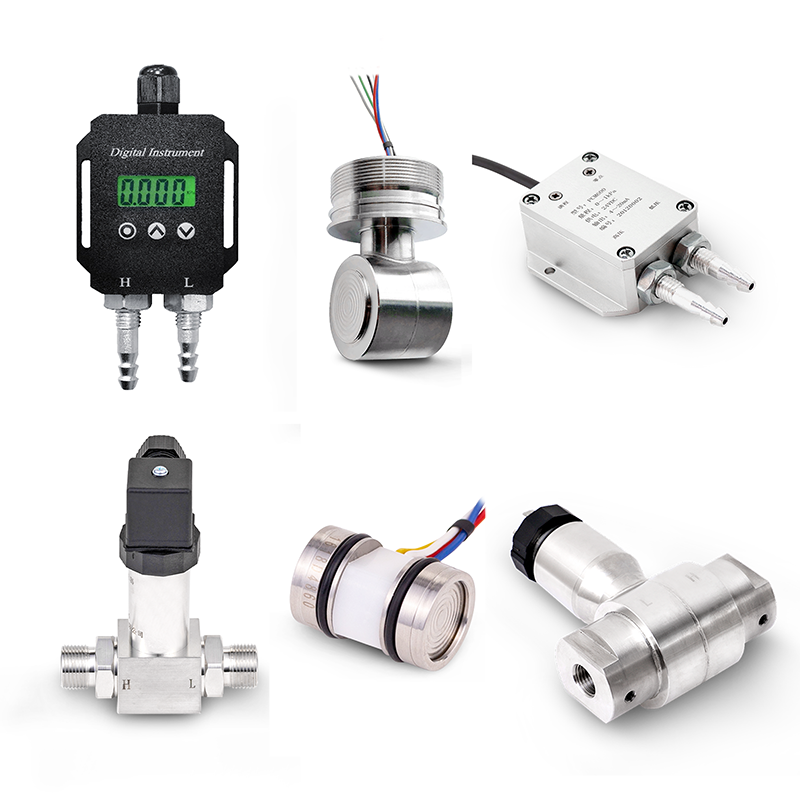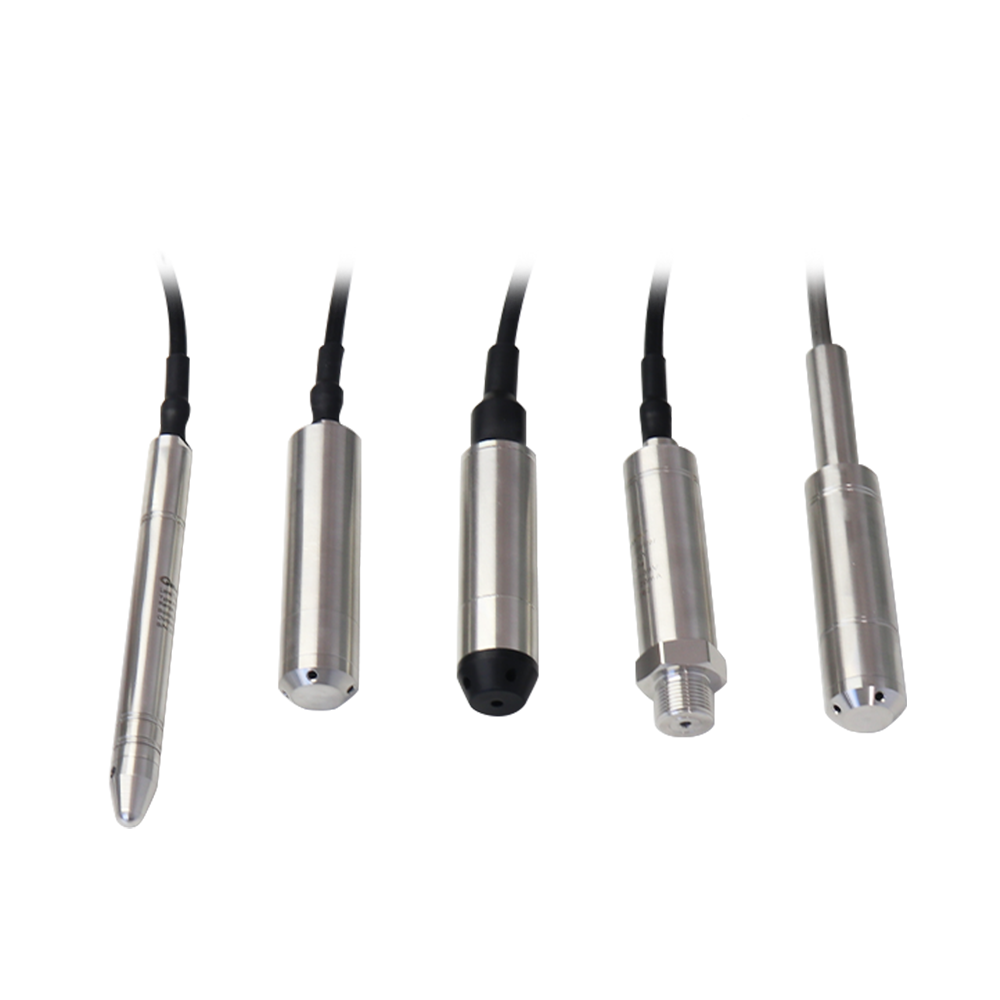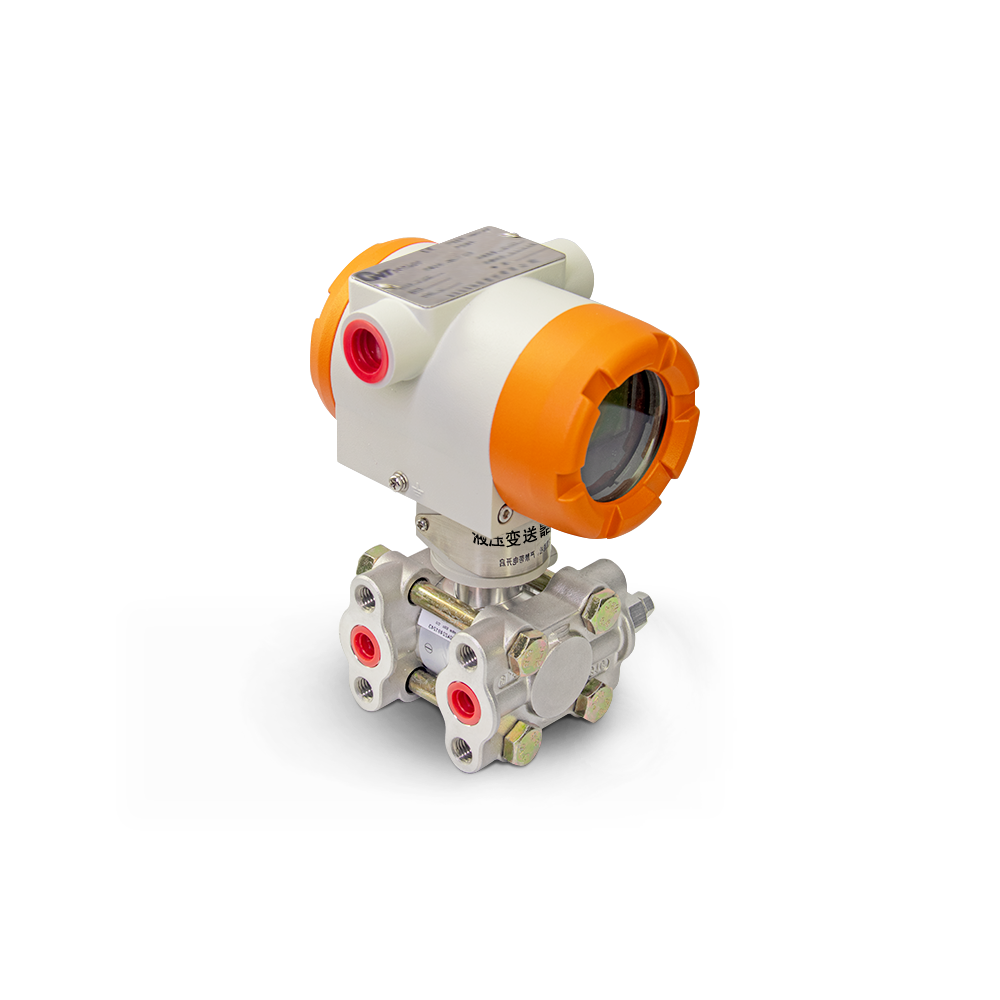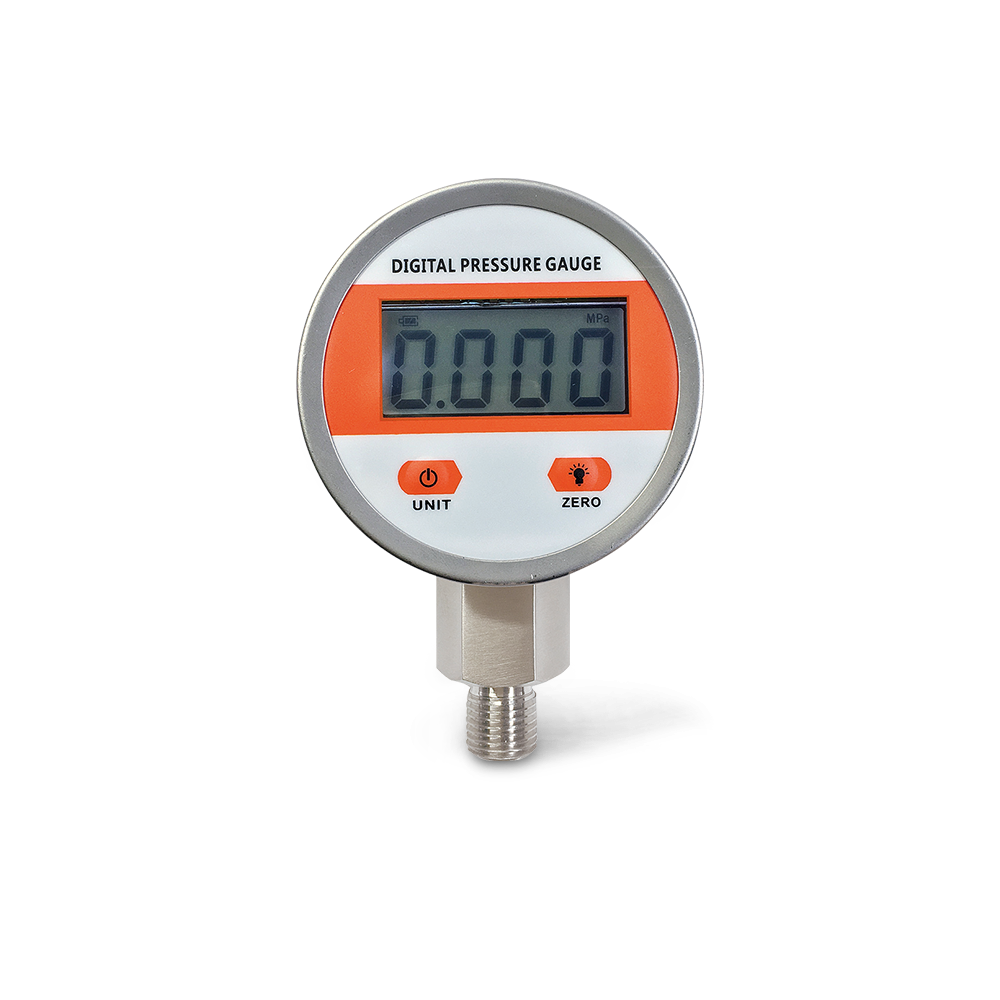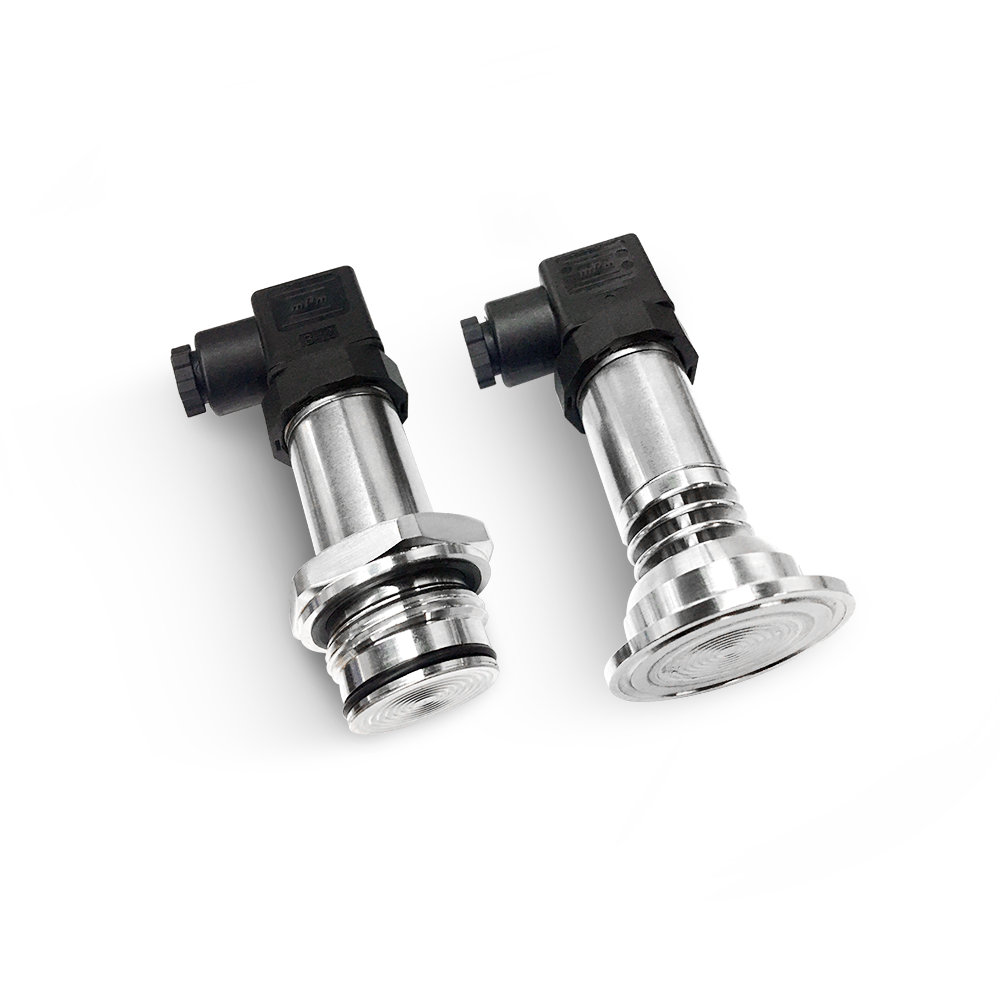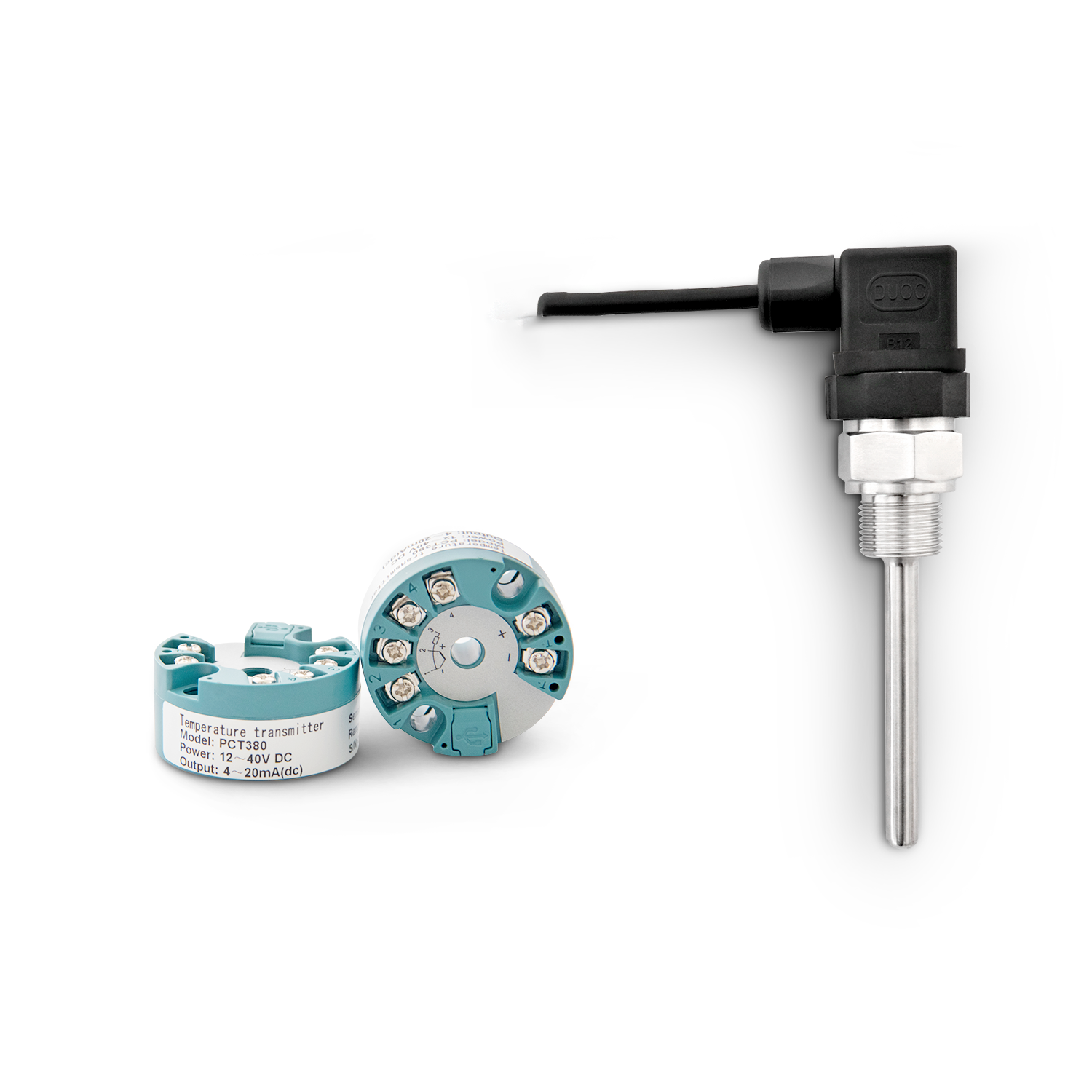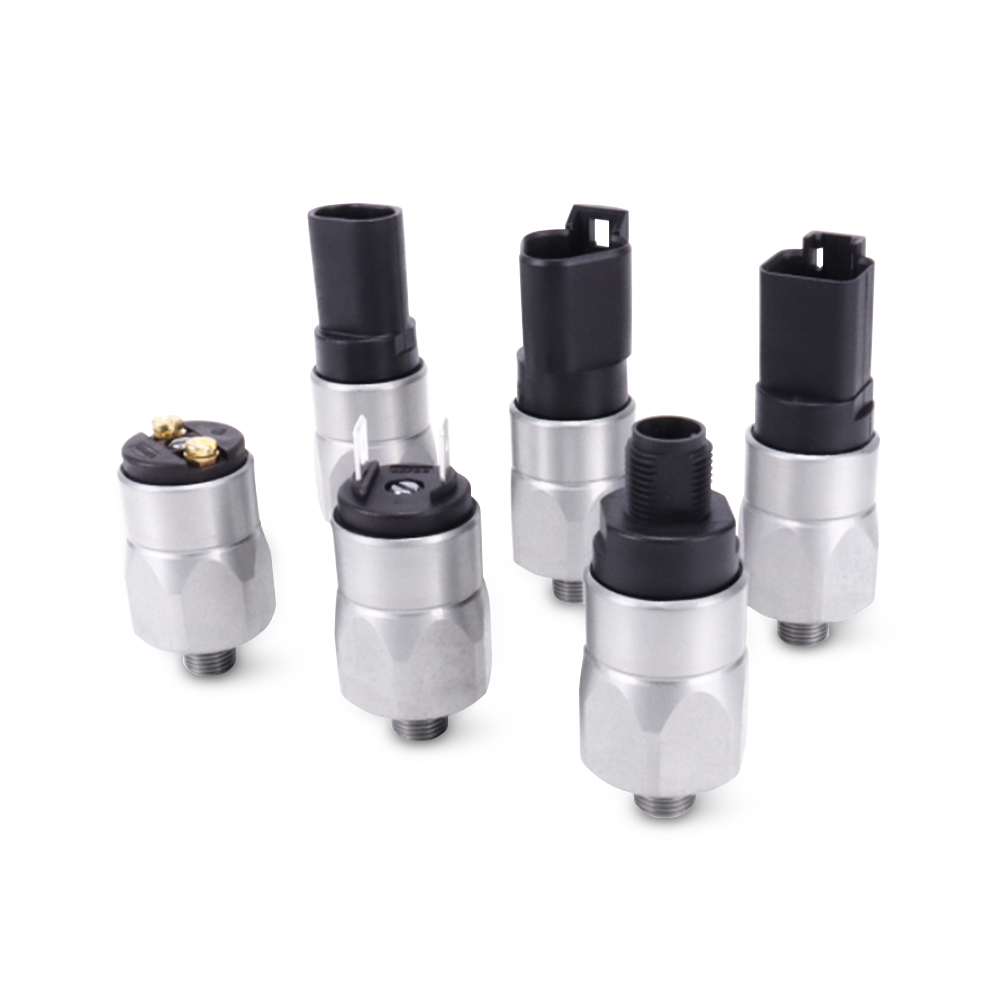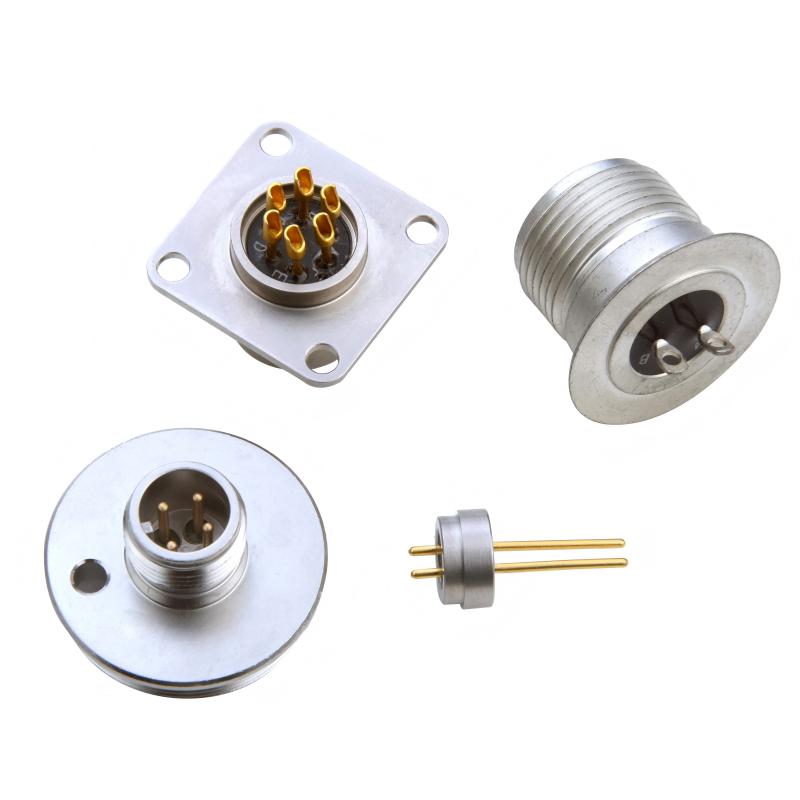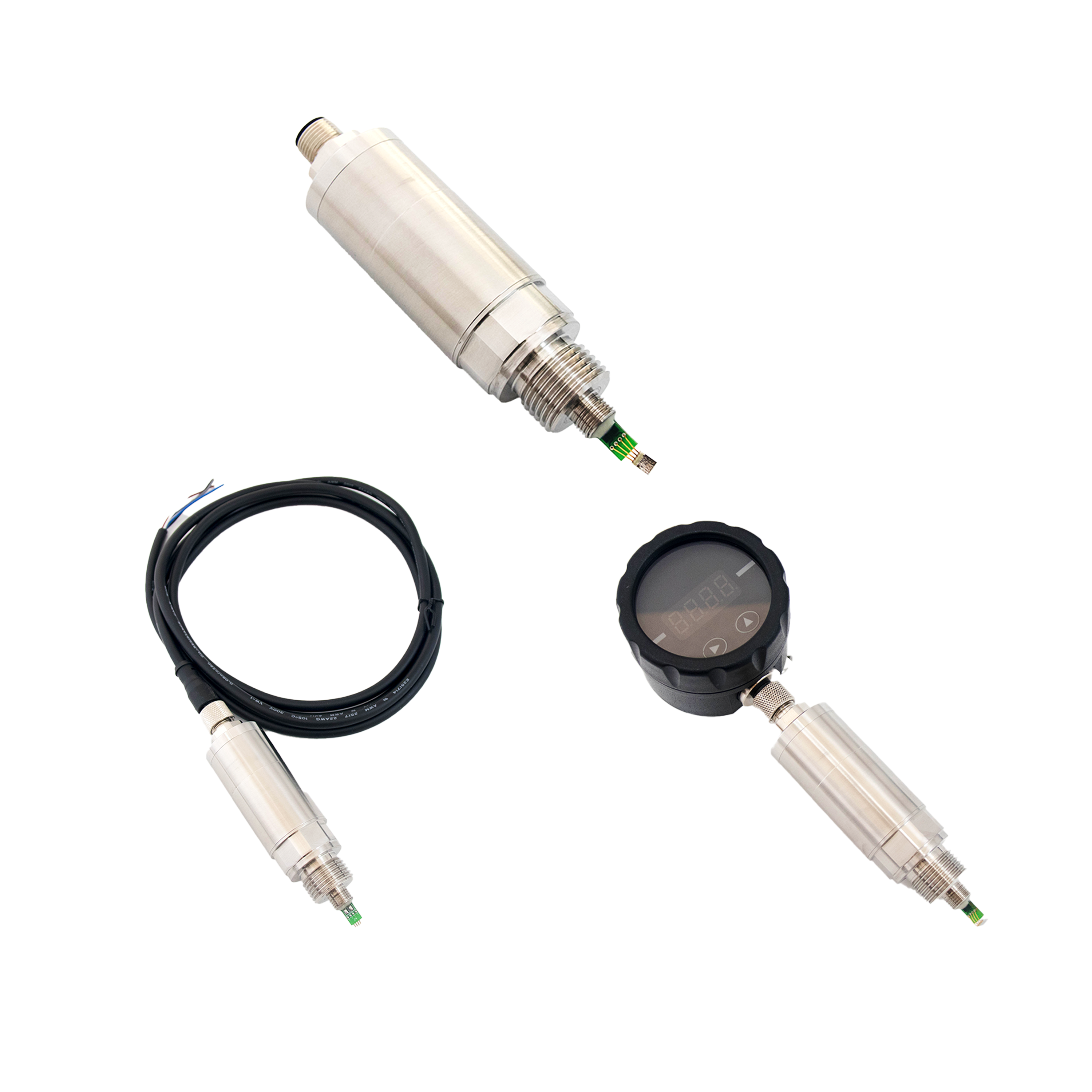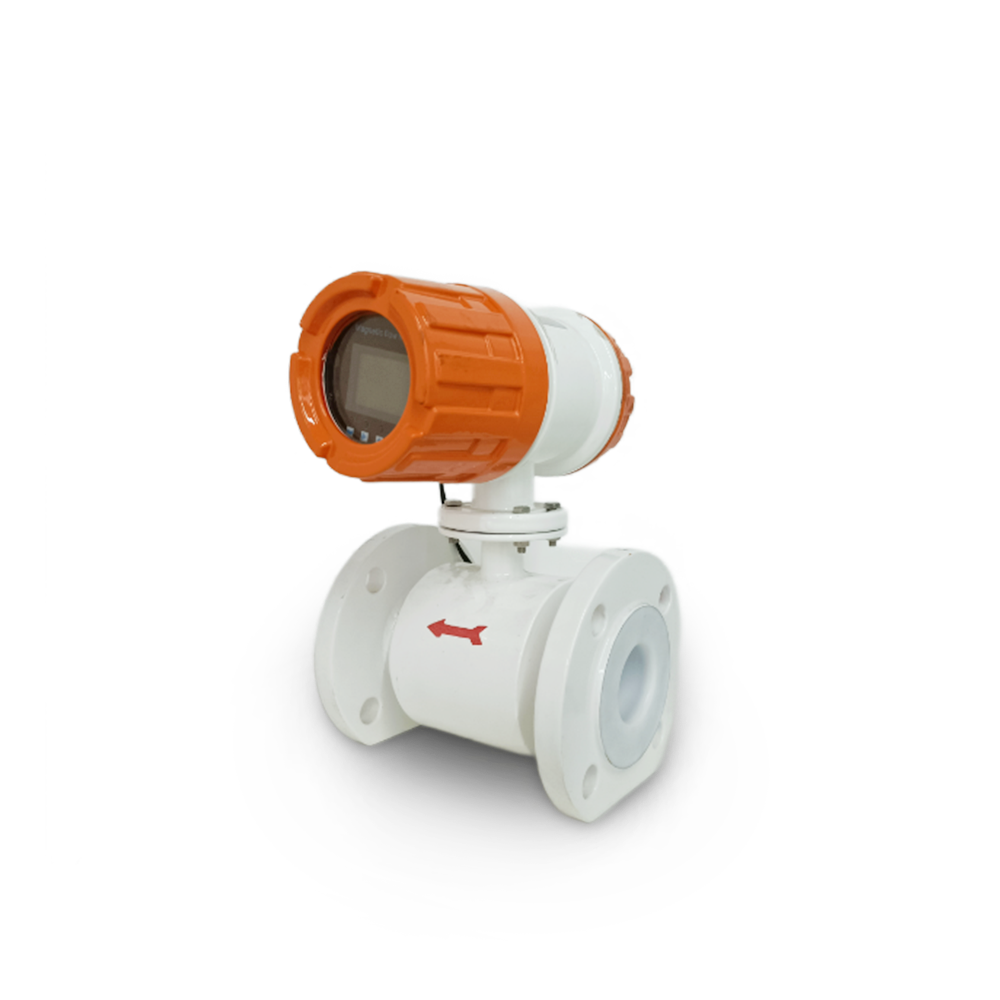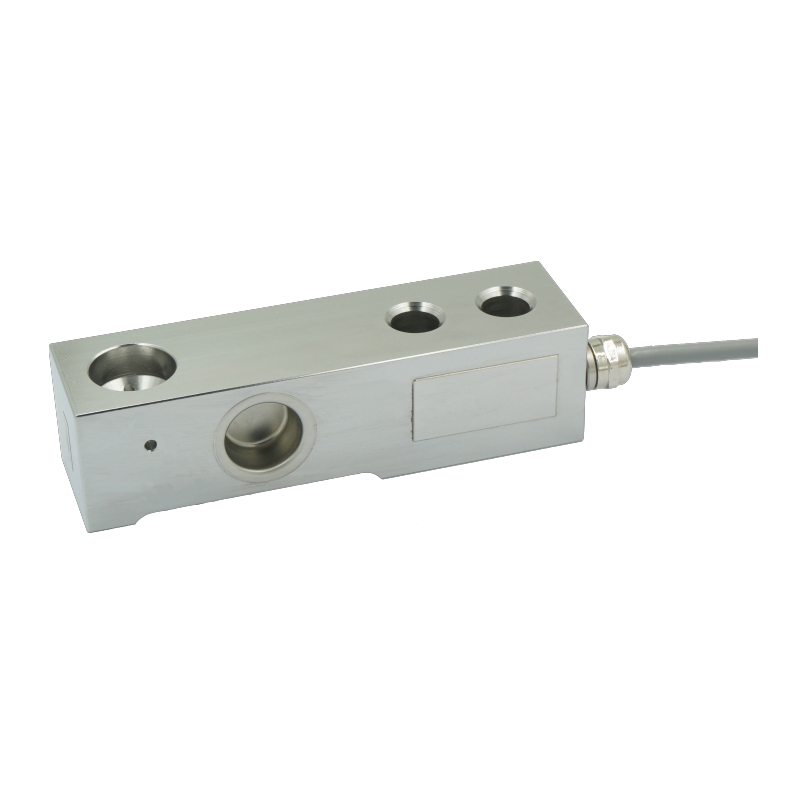Special Requirements for Pressure Sensors in Medical Applications vs. Industrial Use
From: Issued date 2025.03.19 Back

Pressure sensors used in the medical industry have unique appearance and accuracy requirements compared to those used in industrial applications. These differences stem from the need for extreme precision, safety, biocompatibility, and reliability in medical environments. Below is a comparison of the special requirements for medical pressure sensors versus those used in general industrial applications.
1. Appearance Requirements
Medical Industry
Compact & Miniaturized Design:
Many medical devices are small, requiring miniaturized pressure sensors (e.g., in ventilators, infusion pumps, or implantable devices).
Miniature MEMS (Micro-Electro-Mechanical Systems) pressure sensors are widely used.
Smooth, Sterile, and Biocompatible Materials:
Must be made from materials such as 316L stainless steel, PEEK (Polyether ether ketone), or medical-grade plastics to ensure biocompatibility and avoid contamination.
Surfaces must be smooth for easy sterilization.
Hermetically Sealed or Encapsulated Design:
Prevents contamination and ensures resistance to bodily fluids, medical gases, and disinfectants.
Some sensors are enclosed in hermetically sealed glass or plastic to protect against moisture ingress.
Disposable or Reusable Options:
Some medical pressure sensors, like those used in catheters or blood pressure transducers, are disposable to maintain hygiene.
Industrial Applications
Rugged and Durable Design:
Industrial pressure sensors are often larger and designed to withstand harsh conditions, including high temperatures, vibrations, and mechanical stress.
Materials Optimized for Corrosion and High-Temperature Resistance:
Common materials include stainless steel, ceramic, and silicon, but without the strict biocompatibility requirements of medical sensors.
Threaded or Flanged Connections:
Typically designed with bulkier fittings and connections (such as threaded or flange-mounted) for easy installation in pipelines, hydraulic systems, and tanks.
Not Always Sterile:
While some industrial applications require cleanliness, they do not demand the same level of sterility and biocompatibility as medical sensors.
2. Accuracy Parameters & Performance Differences
Medical Industry
Extremely High Accuracy (±0.05% to ±0.1% FS):
Medical devices require extremely precise pressure readings, especially in applications such as ventilators, anesthesia machines, and infusion pumps.
Low Pressure Range Capability:
Many medical applications involve detecting very small pressure changes, requiring sensors with ultra-low pressure ranges (e.g., 0-300 mmHg for blood pressure monitors or ±5 cmH₂O for ventilators).
High Sensitivity & Stability:
Must detect micro-pressure changes (even below 1 mmHg) to ensure safe and consistent operation.
Long-term drift stability is critical, especially in life-support systems.
Fast Response Time (Milliseconds-Level):
Many medical applications (such as ventilator pressure sensing) require near-instantaneous pressure adjustments for real-time patient care.
Temperature Compensation:
Medical environments require temperature-stable sensors to avoid fluctuations affecting accuracy, as sensors may be used in body temperature environments (~37°C) or cold storage conditions.
Industrial Applications
Standard to High Accuracy (±0.1% to ±0.5% FS):
Industrial pressure sensors often prioritize robustness over extreme precision.
In applications such as hydraulic systems or water pressure monitoring, an accuracy of ±0.5% FS is acceptable.
Wide Pressure Range:
Designed for higher pressure applications, often ranging from 0-10 bar up to 1000 bar (e.g., oil & gas, manufacturing).
Less Sensitivity to Small Pressure Changes:
Industrial applications typically measure larger pressure variations, so ultra-sensitive detection is not always required.
Variable Response Times (Milliseconds to Seconds):
Some industrial applications, like process monitoring, do not require millisecond-level responses.
Less Stringent Temperature Compensation:
While industrial sensors also include temperature compensation, variations of a few degrees are usually tolerable in mechanical and automation environments.
Key Differences
| Feature | Medical Pressure Sensors | Industrial Pressure Sensors |
|---|---|---|
| Size & Appearance | Miniature, compact, hermetically sealed, smooth surface for sterilization | Rugged, larger, often with threaded or flange connections |
| Material | Biocompatible (316L SS, PEEK, medical-grade plastic) | Corrosion-resistant (stainless steel, ceramic, silicon) |
| Accuracy | Very high (±0.05% to ±0.1% FS) | Standard to high (±0.1% to ±0.5% FS) |
| Pressure Range | Ultra-low (e.g., 0-300 mmHg, ±5 cmH₂O) | Wide range (e.g., 0-10 bar to 1000 bar) |
| Response Time | Milliseconds (for real-time medical applications) | Milliseconds to seconds (varies by industry) |
| Sensitivity | Very high (detects micro-pressure changes) | Moderate (measures larger pressure changes) |
| Sterilization | Requires sterilization, often disposable | Not required to be sterile |
| Temperature Stability | Highly stable, requires compensation | Compensated but with wider tolerances |
Medical pressure sensors require higher precision, miniaturization, biocompatibility, and strict regulatory compliance, making them fundamentally different from industrial sensors. These specialized sensors are found in ventilators, infusion pumps, dialysis machines, and blood pressure monitors, where even the slightest pressure deviation can impact patient safety.

